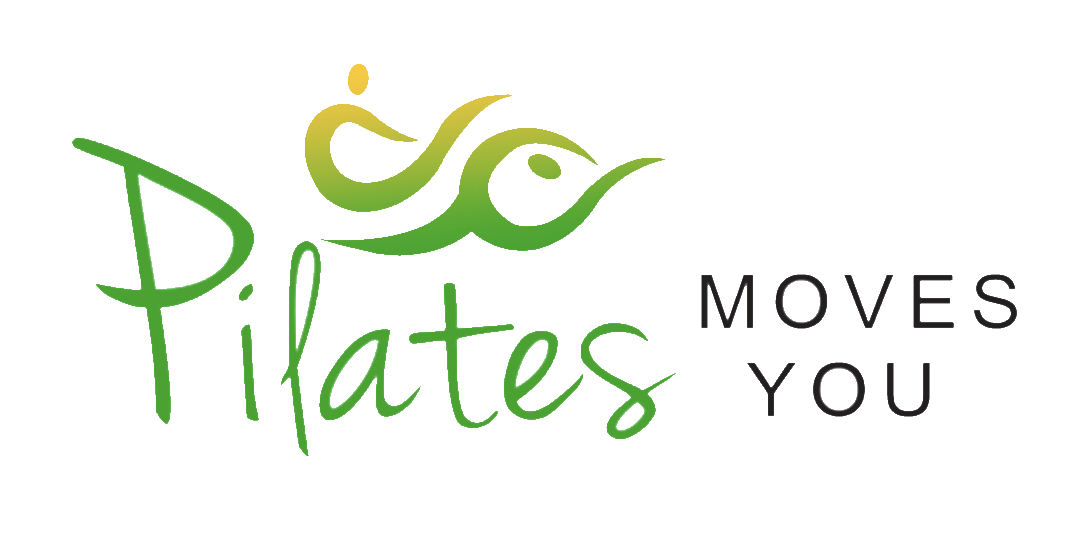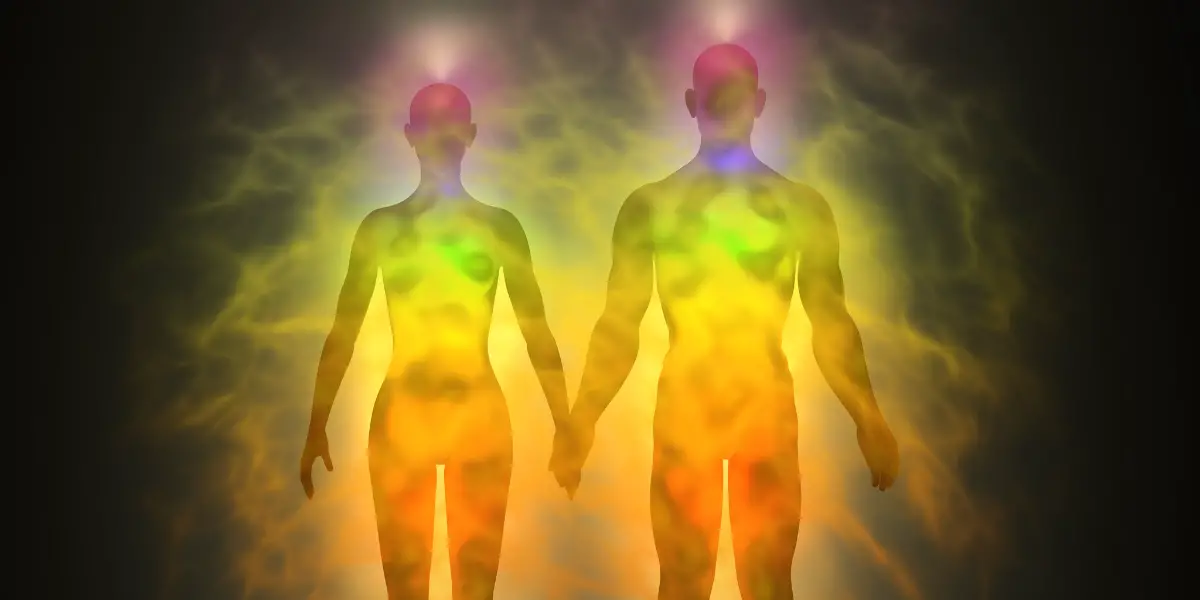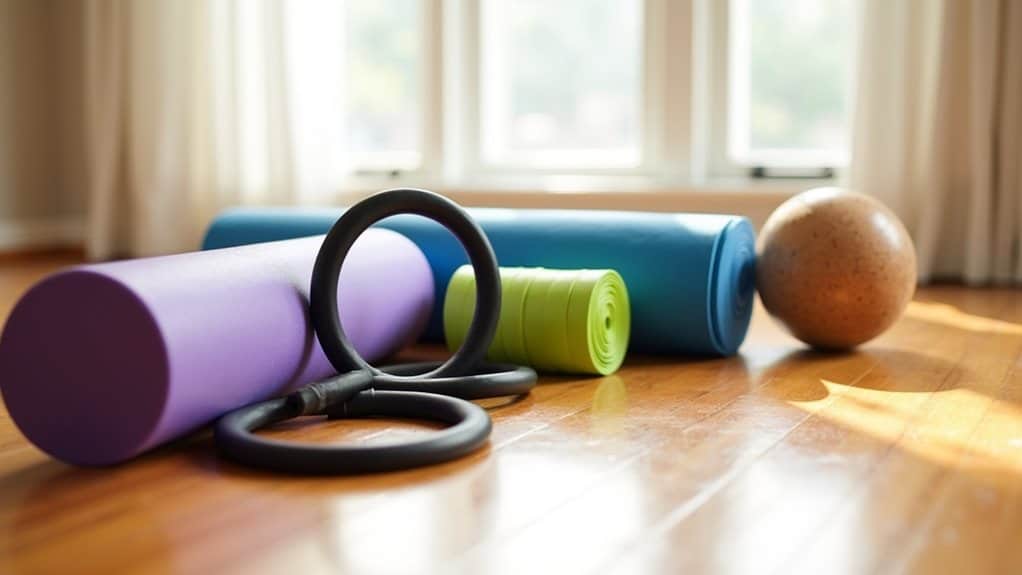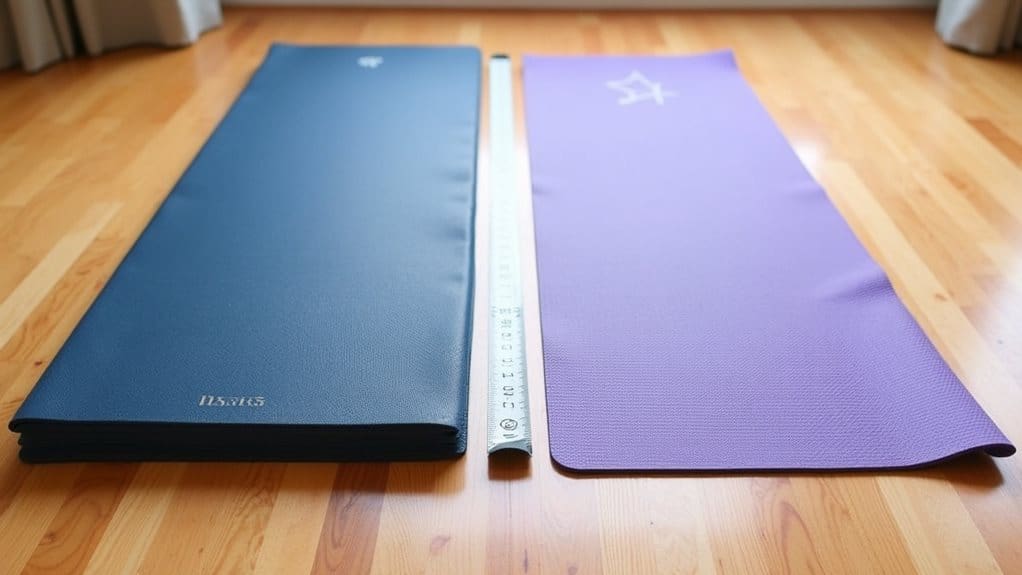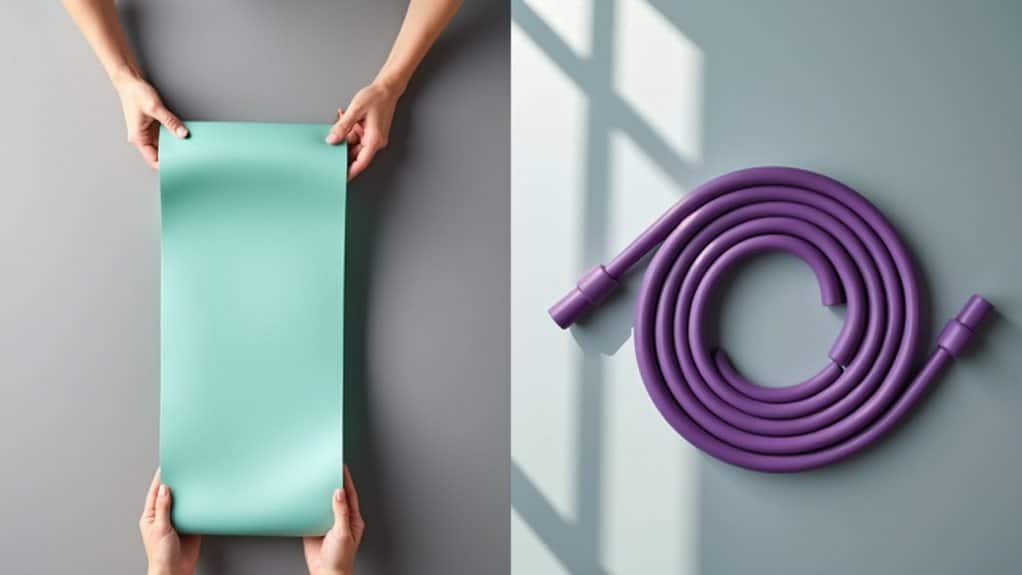Pilates is a wonderful form of exercise that focuses on the mind-body connection. It’s an incredibly effective way to improve strength, flexibility, and posture while reducing stress and improving overall wellbeing.
As a Pilates instructor, I have seen firsthand how powerful this practice can be for my clients. In this article, I’ll discuss why the mind-body connection is so important in Pilates and how it can help you achieve your health and fitness goals.
Do you ever feel like you’re stuck in your own head? Most of us do at some point or another, but with Pilates, you can tap into the power of your body to relax and reconnect with yourself. This mind-body connection is one of the foundations of Pilates: it helps to bring awareness to your body while also allowing your mind to slow down and focus on the present moment.
The importance of connecting our physical movements to our emotional state cannot be overstated; when we’re able to move with intention and awareness, we’re able to create positive changes in both our physical and mental wellbeing. By combining mindful movement with breathwork and relaxation techniques, Pilates offers a unique opportunity to restore balance between body and mind – something that can benefit everyone!
What is the mind-body connection?
It’s true, the mind and body are inextricably linked. Pilates is a form of exercise that recognizes this connection. It’s a practice that encourages the mind and body to work together to achieve physical and mental well-being.
Pilates isn’t just about getting a good workout – it’s about creating an awareness of the body, where you can sense how each movement affects your overall energy and state of being. By creating this awareness, you can actively choose which movements benefit you and practice them with intention.
The goal with Pilates is to move from physical activity into mindful self-care. This allows us to move beyond simply exercising our bodies, but also nourishing and cultivating an inner strength within ourselves.
Benefits of Pilates
Pilates is a powerful form of exercise that can help you unlock your body’s potential and create a connection between mind and body. Through this connection, you can experience improved physical health, mental clarity, and a sense of wellbeing.
The first benefit of Pilates is that it strengthens the muscles in your core. By focusing on the deep abdominal muscles, your balance and posture will improve drastically. This will also help with pain relief and reduce the risk of injury. In addition to strengthening your core muscles, Pilates also helps to lengthen them. This increases flexibility and range of motion which further reduces the risk of injury while allowing you to move more freely.
Another key benefit of Pilates is its ability to reduce stress and anxiety levels. With regular practice, your breathing becomes slower and deeper as you focus on connecting mind with body movements. Not only does this encourage relaxation but it also helps you become more aware of your body so you can better understand how different activities affect your overall wellbeing.
By improving physical strength, flexibility, balance, posture, and mental clarity; Pilates offers an effective way to reach optimal health and wellness. Moving forward into the next section about historical background, we’ll explore how this unique form of exercise has evolved over time to become one of the most popular forms of fitness today.
Historical Background
Pilates has been around for centuries! Well, it feels that way, at least. In truth, the practice of Pilates dates back to the early twentieth century when Joseph H. Pilates began teaching what he called “Contrology” in a New York City studio. He developed this system of exercise as a form of physical and mental training for dancers and athletes. Over time, it caught on with the general public who found its combination of mindful movement and strength training to be incredibly effective and beneficial.
The development of Pilates was heavily influenced by Eastern philosophies such as yoga and martial arts. This is evident in its focus on breath control, coordination of mind and body, and connection between movements. Joseph Pilates believed that his exercises had the power to restore balance to both mind and body – something today’s practitioners also find to be true!
With its roots firmly planted in history, Pilates continues to evolve into modern times as people discover its amazing benefits for themselves. It’s clear that this practice has stood the test of time – something we can all be grateful for! It’s now time to explore the physical aspects of this incredible mind-body connection…
Physical Aspects
Pilates is a great way to connect the mind and body. It helps you focus on your movement and brings out your body’s full potential. The physical aspects of Pilates focus on breathing, posture, and alignment. Incorporating these elements into your practice will help you strengthen and stretch your muscles, as well as build better body awareness.
By using proper form and focusing on the quality of your movements, you can get more from each exercise. This includes being mindful of how deep you go into a stretch or how high you lift during an exercise – controlling every move with intention. With this attention to detail, you’re able to maximize the benefits of each exercise while minimizing risk for injury.
Practicing Pilates regularly can help improve mobility and coordination, as well as balance and flexibility. All of which are important for everyday life activities like walking or climbing stairs. With the physical benefits that Pilates has to offer, it’s easy to see why it’s become so popular over the years.
Now that we’ve looked at the physical aspect of Pilates let’s shift our focus onto its mental components.
Mental Focus
Pilates is like a mental game of chess. Every exercise requires intense focus and concentration, which sharpens the mind and encourages mindfulness. Each move has purpose and intention behind it, which can be used to clear the mind of stress and anxieties.
To help achieve mental clarity, Pilates instructors often encourage the use of visualization techniques. By focusing on the desired end result, such as toning abdominal muscles or feeling stronger in the legs, an individual can direct their attention away from any negative thoughts or emotions. Additionally, using positive affirmations during exercise can help to create a sense of improved well-being.
It’s also important to practice being present in every moment throughout exercise. This helps to clear the mind of distractions and gives individuals the opportunity to appreciate how each movement impacts their body. With this kind of deliberate focus, one can gain an appreciation for how Pilates connects both physical and mental health in a meaningful way. The connection between body and mind becomes more palpable with each passing session – leaving practitioners feeling refreshed and energized.
The next step is learning how to incorporate breathwork techniques into these exercises for further relaxation benefits.
Breathwork Techniques
Now that you have practiced mental focus, it’s time to explore the power of breathwork in Pilates. Breath is essential in this practice because it brings us into the present moment and helps us to remain focused on each exercise.
Breathwork has a powerful connection to our body and mind. When we inhale, we can feel our abdomen expand with air and when we exhale, we can feel our core contract as we expel air. This connection between breath and physical movement can be useful for strengthening the mind-body connection.
One specific breathing technique used in Pilates is diaphragmatic breathing. This type of breathwork involves deep inhalations and slow exhalations while focusing on expanding the ribcage and contracting the abdominal muscles. With practice, this type of breathing can help reduce stress levels while strengthening the mind-body connection during your Pilates sessions.
By connecting your breath to each movement, you will be able to stay focused while also reaping the benefits of relaxation exercises.
Relaxation Exercises
Relaxation exercises are an integral part of the mind-body connection in Pilates. One of the primary goals in Pilates is to relax and reenergize the body while focusing on mindful movements. Here are a few relaxation exercises that you can practice:
- Take deep breaths and focus on each inhalation and exhalation.
- Softly close your eyes and visualize your breath traveling through your body.
- Let your arms, legs, torso, neck, and face melt into the mat or floor.
By taking the time to relax through these simple exercises, you can create a more centered state of being that will help you stay focused during your Pilates session. The next step towards creating a mind-body connection is to practice proprioception awareness. Proprioception awareness helps you become aware of how your body moves as one unit, allowing for improved posture and alignment during movements.
Proprioception Awareness
Now that you have relaxed your body and mind with some relaxation exercises, it’s time to take your practice of mindfulness a step further. Pilates is based on the notion of connecting the mind and body through mindful movement. This is known as proprioception awareness. Proprioception gives us conscious awareness of our body’s position in space. Through this awareness we are better able to recognize and adjust our posture, breathing patterns and muscle activation while performing Pilates movements.
When focusing on proprioception, it’s important to be aware of the subtle energy within each movement. You’ll need to be mindful of how each muscle is activated as you transition between poses or move from one exercise to another. Paying attention to these subtle shifts helps deepen both the physical and mental connection you have with your body during your practice.
In addition, practicing Pilates with an increased level of proprioception can help improve overall balance, coordination and strength in a safe manner that respects the limits of one’s own body. With each movement, you’ll become more aware of what feels good for your body and what doesn’t; allowing you to make adjustments as needed for an optimal experience. As we move forward into mindful movement, take some time to reflect on how much more connected you feel after focusing on proprioception awareness in your practice today.
Mindful Movement
Pilates is like a wave in the ocean, ebbing and flowing through each movement. When we become aware of this wave in our bodies, we can experience the mind-body connection that lies at the core of Pilates practice. Mindful movement allows us to find a sense of balance and harmony as we move with intention and purpose.
In Pilates, our breath serves as an anchor during each exercise. We use it to stay connected to our body’s movements, allowing us to really feel into the depths of each pose or stretch. With mindful breathing, we are able to move more freely and deeply into each position, tapping into its fullest potential for transformation.
By staying focused on our breath throughout each session, we can create an inner awareness that helps us become more in tune with how our body feels and responds to the movements. This kind of mindful movement provides us with the tools needed to take our Pilates practice to whatever level we choose – whether it be deepening existing poses or exploring new ones.
Taking It To The Next Level
Once you have become comfortable with the basics of Pilates, it’s time to take your practice to the next level. To do this, you need to be aware of how your body moves in space and understand how different muscles interact with each other. This is where the mind-body connection comes in.
The mind-body connection is a key part of Pilates because it helps us to move more efficiently and safely. It also helps us to find balance and stability, as well as improving our coordination. It can help us to increase our range of motion, allowing for greater flexibility and strength. When we understand how our body moves, we can make better use of each muscle group, which leads to improved posture and alignment.
By honing your awareness of your body’s movements and connecting with yourself on a deeper level, you will be able to take your Pilates practice up a notch. With focused attention on proper form and technique combined with a mindful approach, you can achieve impressive results from your workouts – from increased strength and flexibility to improved balance and coordination.
Frequently Asked Questions
What Type Of Equipment Is Typically Used In Pilates?
Pilates is a form of exercise that relies on the mind and body working together. It uses specific equipment to engage muscles and strengthen the core, while also allowing practitioners to focus on their movements and breath. With this in mind, let’s take a look at what type of equipment is typically used in Pilates:
- Resistance bands
- Exercise balls
- Stability discs
- Yoga blocks
- Hand weights
As an experienced Pilates instructor, I can assure you that each piece of equipment plays a vital role in the practice. Resistance bands help to build strength and flexibility, while exercise balls increase balance and coordination. Stability discs provide support for users with limited mobility, and yoga blocks are great for providing stability during poses. Finally, foam rollers are excellent for massaging sore muscles after an intense session.
The beauty of Pilates lies in its ability to be tailored to any fitness level or goal – from building strength to increasing flexibility. Whether you’re an enthusiastic beginner or seasoned athlete, there’s something for everyone when it comes to this holistic form of exercise. Every single item listed above can be used in a variety of ways – making it easier than ever to find the perfect Pilates routine that suits your individual needs!
So if you’re looking for an enjoyable way to strengthen your body and relax your mind, why not give Pilates a go? With the right tools at your disposal, you’ll soon be feeling re-energized and ready to tackle whatever comes next!
How Often Should Pilates Sessions Be Done For Best Results?
When it comes to Pilates, the frequency of your sessions is incredibly important. As a Pilates instructor, I’m often asked by clients, ‘how often should Pilates sessions be done for best results?’ The answer lies in understanding the body and its connection to movement:
- To begin with, Pilates is a practice that utilizes mindful movements to create an awareness of the body.
- Connecting mind and body through movement can help improve posture, alignment, flexibility and strength.
- Additionally, it has proven to be beneficial in reducing stress levels and improving overall well-being.
For best results, I recommend doing Pilates at least 2-3 times per week. Increasing your practice to 4 or 5 times a week will help you become stronger and more flexible faster. It is also important to remember that different bodies may require different amounts of time doing Pilates – some may need more frequent classes than others depending on their physical condition. The key is to listen to your body’s cues and adjust accordingly so that you can get the most out of your workout routine without overdoing it or causing injury.
Pilates is a practice that needs dedication from both the mind and body in order for you to achieve optimal results. With consistent practice and patience, you can experience amazing benefits for both your physical health as well as mental health as well!
Is There An Age Limit For Practicing Pilates?
The practice of Pilates is suitable for almost any age. However, it’s important to make sure that you’re practicing safely at the level that best suits your needs. While most people can benefit from the practice of Pilates, it’s important to take into consideration age-related issues such as joint pain and mobility limitations.
It’s also important to remember that while low-impact exercises like Pilates are beneficial for people of all ages, they may still present challenges depending on one’s physical condition and limitations. As such, it’s best to consult with a physician or a qualified instructor before beginning a Pilates regimen to ensure you’re performing the exercises correctly and safely.
At any age, it’s important to be mindful of your body’s response during each session and adjust your routine accordingly. With proper guidance and instruction, Pilates can be an effective way to improve posture, flexibility and balance regardless of age. So don’t let your age stop you from exploring the potential benefits of this popular exercise system!
Is Pilates Suitable For People With Physical Disabilities?
Pilates is a form of exercise that can be adapted to any body type, age, or ability. But, is it suitable for people with physical disabilities? Yes! Pilates enables them to maintain their strength, flexibility and balance while allowing them to work safely within the limits of their physical abilities.
So, how can Pilates help? Just like any other form of exercise, it has the power to improve posture and coordination. The combination of slow and controlled movements allows people with physical disabilities to move at their own pace without feeling overwhelmed. Plus, Pilates also helps build strength which can improve daily activities and mobility.
If you’re looking for an alternative way to heal your body without risking further injury or discomfort, then Pilates could be just the thing for you! It’s important that you consult with a certified Pilates instructor who understands your individual needs so they can tailor your classes accordingly. With the right guidance and support from an instructor, you’ll be able to benefit from this wonderful practice without pushing yourself beyond what’s comfortable.
Are There Any Risks Associated With Pilates?
Are there any risks associated with Pilates? Well, like any exercise program, there are some potential risks involved. That’s why it’s important to have an experienced instructor to guide you through the exercises safely and help you get the most out of your workout.
Pilates can be a great way to stay fit and healthy, but it’s important to remember that it is still a form of physical activity. As such, it’s important to warm up before doing Pilates and cool down afterwards. This will help prevent injury and soreness. It’s also important to pay attention to your body and listen to what it is telling you. If something doesn’t feel right or causes pain, stop immediately and consult your instructor or a medical professional.
In addition, if you have any pre-existing conditions such as back pain or joint problems, consult your doctor before beginning a Pilates program. Your doctor can advise you on whether or not Pilates is safe for you. With the correct guidance from an experienced instructor, pilates can be a safe and effective way to stay in shape while promoting mind-body connection.
Conclusion
The mind-body connection in Pilates is a powerful one. It has been proven to have positive effects on overall health and well-being, both physical and mental. Through the practice of Pilates, we can improve posture, balance, flexibility, strength and core stability.
By understanding the equipment used in Pilates and how often sessions should take place to achieve best results, we can ensure that our bodies get the most out of this form of exercise. We can also safely modify movements for individuals with physical disabilities or age limits. While there are some risks associated with Pilates, they are minimal when done correctly under the supervision of an experienced instructor.
So come join me today and experience first-hand the powerful mind-body connection that Pilates provides! Working together, I’m sure you’ll be able to reach new heights in your physical and mental fitness journey. I look forward to seeing you soon!
